Tags: Sun
Solar Panels on Reservoirs Complement Hydroelectric Power; Floatovoltaics Increase Energy Generated From the Sun by 10 Times

Earth's Water Older Than the Sun Astronomers Found 'Missing Link' on How It Reached the Solar System
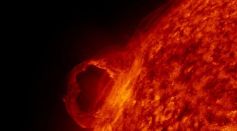
NASA's Solar Dynamics Observatory Snaps an X-Class Flare Emitted by the Sun; How Do These Eruptions Affect Earth?
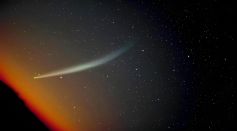
Newly Discovered Comet Is Making a Close Approach Toward the Sun; It Becomes as Bright as a Star in 2024, Astronomers Say
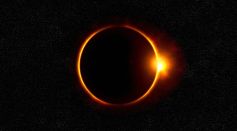
Ring of Fire, Total Eclipse To Take Place This 2023; Here's When and Where You Can Catch a Glimpse of Them
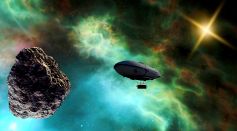
ESA Introduces NEOMIR Mission That Aims To Detect Hazardous Asteroids Outshone by Sun
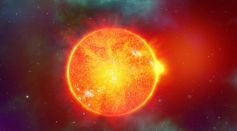
Solar Heartbeat? Astronomers Discover Origins of Sun's Mysterious, Repetitive Radio Bursts

Solar Geoengineering Start-up Trying To Dim the Sun Worries the US Would Shoot Down Their Experiment
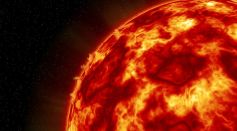
Sun Expels Super X-Class Flare; Officials Expect More Solar Eruption To Come

NASA Captured a Piece of Sun's Northern Pole Breaking Off, Leaving Scientists Baffled; How Could This Be Possible?
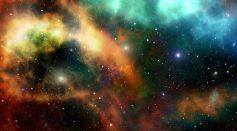
Universe's First Stars Were Supermassive With Weight of 100,000 Suns, Astronomers Reveal
Mount Kilimanjaro-sized Comet Possibly From Another Solar System Survives After Making Closest Approach to the Sun

Exoplanets Orbiting Distant Star Shown in Stunning 12-year Timelapse Video
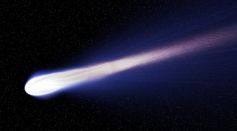
Huge Atypical Comet Straightly Moves Toward the Sun, Leaves Trail of Ice

6 Billion Earth-Like Planets Could Be Filling the Milky Way Galaxy, Astronomers Say
7.6-Kg Rare Meteorite Discovered in Antarctica Sheds Fresh Light About Evolution of Sun, Planets
Solar Storm Prediction: Scientists Noticed Pre-Flare Spark From Sun Before Powerful Coronal Mass Ejections (CMEs)
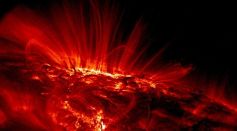
Flashes on the Sun's Upper Atmosphere Could Aid in Forecasting the Next Solar Flare, NASA Says

Sun's Highest Number of Sunspots in 8-Years, Caught in Latest Time-Lapse Photo [Look]
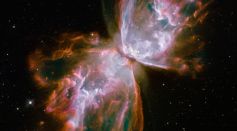
Hubble Space Telescope's Time-Lapse Images of Butterfly Nebula Explains How It Got Its Wings and the Sun's Final Fate
Most Popular

Persistent Coughs Are Everywhere: Here's What Experts Think Is Causing It

Ancient Hotspot Found to Have Created Great Lakes 300 Million Years Ago

Mysterious Structures Discovered Beneath the Pacific Ocean, Puzzle Scientists

Health Benefits of Drinking Hot Chocolate




